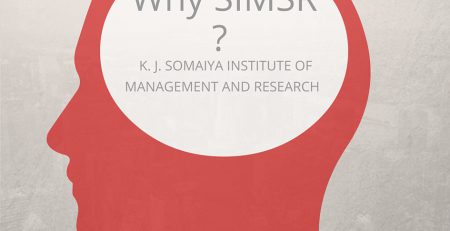Virtual Reality and Augmented Reality in Healthcare by Dr. Bhagwati Prasad
Virtual Reality and Augmented Reality in Healthcare
Virtual Reality (VR) and Augmented Reality (AR) have been around for about half a century but have received increased attention in the last 2 decades. Although currently the two emerging technologies are popular for gaming and entertainment, the most significant impact are likely to be in Healthcare. Many people get confused between the two terms.
Virtual Reality is:
- virtual, that means it is simulated and computer generated and has multi-media components (audio, video and sensations). For example, view of a battlefield in case of flight simulator.
- reality, that means users can experience and interact with it. For example, a simulated car could be slowed down or accelerated using a brake or accelerator paddle and the user would experience objects around him slowing down or moving fast.
- immersive, that means it simulates the user’s physical presence and the user experiences a virtual world as if it is the real world. For example, in flight simulator the user will experience being a part of the flight and will experience pitch, roll and yaw.
To experience VR, one needs a fully immersive computer generated simulated environment. For this, one needs to wear a head-mounted stereo display for 3D visual experience. The head-mounted display would include motion and position sensors to change the 3D world visualization. Use experience includes other senses like sound and tactile feedback or touch. Users may use or wear additional sensors such as tactile gloves to experience touch or force. An example of VR is flight simulators used to train fighter pilots to fly fighter planes. Due to the large number of sensing elements and interactivity requirements, VR is considered a hardware innovation.
Applications of VR in healthcare are:
- Training of clinical and healthcare manpower for surgical and life-saving procedures like endoscopy in a virtual environment. Here VR provides a safe environment to learn and practice and removes the risks of potential harm to a real live patient.
- Testing and designing of medical devices in virtual environment during research and development phase
- Training of service engineers in servicing of new medical devices using virtual environment
- Improvement of memory and attention span for dyslexic patients.
- In case of healthcare facility design, VR can be used to simulate the layout and work-flows before construction and commissioning of healthcare infrastructure.
Augmented Reality is:
- Augmented, that means information in real world is supplemented by additional computer generated artificial environment, information or imagery
- Reality, that means user can interact with it in real-time in 3D or 2D
Typically, to experience AR one needs a camera to capture the real world, a processor to analyse the real world information, and a display where additional information is superimposed with images of real objects or environment. AR could include information like tags for the object identified in image or 2D sticker or 3D object like a cap or goggles. Popular examples of AR are Pokemon Go app and the camera filters used on social media apps like Instagram, Facebook and Snapchat. Due to the ability of software to extract information from the real world, AR is considered a software innovation. Mobile phones and tablets are the most frequently used devices to experience AR.
Applications of AR in healthcare are:
- Superimposition of acquired data from ultrasound over the live patient for fine needle biopsies and laparoscopic surgeries and better planning and preparation of surgery
- Vein visualization to find the vein the first time. Accuvein is such an application.
- Showing critical healthcare facilities like defibrillators in public places and inside buildings in map and 3D.
- Medical education and study of anatomy. Hololens is an example.
- Patient education before and post surgery and about how medication works
It is the early days of AR and VR in Healthcare. However, in near future, AR and VR are expected to bring improvement in health outcomes due to its impact in education, awareness, training, and communication.
To experience a simple AR effect in your mobile phone, follow these steps:
- Click on this link https://tinyurl.com/yxu3ky8q and a get notification sent to your Facebook account.
- From Facebook app on your mobile phone, tap on the notification received from preview.arexport
- Use your selfie camera and turn your head to the right. Take a selfie and post on social media and tag PGDM Healthcare account @pgdmhc on Facebook and @pgdmhealthcare on Instagram.
This article has been contributed by Prof Dr Bhagwati Prasad, Associate Dean – Healthcare Management, S. P. Mandali’s Prin L. N. Welingkar Institute of Management Development and Research (WeSchool), Mumbai.














Leave a Reply
You must be logged in to post a comment.